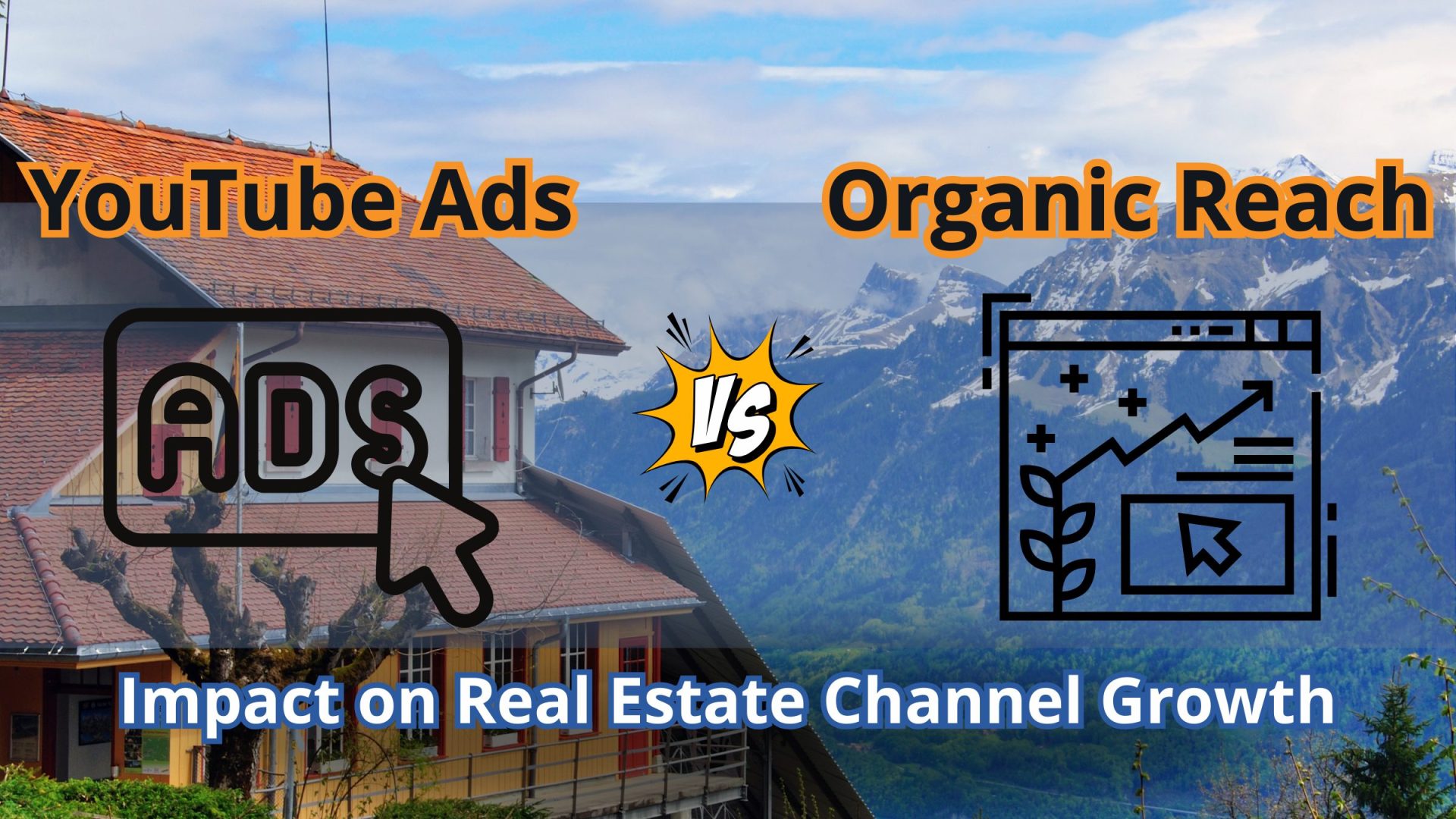
Does Running Ads Hurt or Help Organic Reach?
Many creators worry that running YouTube in-stream ads for their videos might “kill” their organic growth. In reality, YouTube’s algorithm does not directly punish a video for being promoted with ads (Can YouTube Ads Hurt My Organic Performance? | tubics) ([Question] Does running ads for your videos do harm for organic growth/algorithm? : r/youtubers). A YouTube analytics employee even confirmed that external promotions or ads do “absolutely no harm” to your channel’s algorithm performance ([Question] Does running ads for your videos do harm for organic growth/algorithm? : r/youtubers).
YouTube’s system is smart enough to treat different traffic sources separately – poor metrics from ad views or external traffic won’t automatically tank your video’s overall click-through-rate (CTR) or watch time in the eyes of the algorithm ([Question] Does running ads for your videos do harm for organic growth/algorithm? : r/youtubers). In fact, YouTube has no incentive to penalize creators for buying ads on the platform (as one user quipped: “Why would they punish you for buying ads from them?” ([Question] Does running ads for your videos do harm for organic growth/algorithm? : r/youtubers)).
On the contrary, some experts suspect YouTube favors content that generates revenue. YouTube strategist Derral Eves noted that after he enabled monetization (ads) on his channel, his videos actually grew faster – positing that if two videos are equal in quality, the monetized one might get the promotion (YouTube Marketing Tips From Derral Eves). While YouTube doesn’t officially admit this, Eves says “Absolutely” – turning on ads seemed to make the algorithm more eager to recommend his content (YouTube Marketing Tips From Derral Eves).
(YouTube Discovery Ads: How To Use Them | Upbeat Agency) (YouTube Discovery Ads: How To Use Them | Upbeat Agency) Figure 1: YouTube “In-Feed” Discovery ad (Shopify Plus example) appearing in the browsing feed. It closely resembles an organic video result, marked only by the small yellow “Ad” tag. Such ads can boost a video’s initial visibility without disrupting viewer experience as much as pre-roll in-stream ads.
In summary, running YouTube ads does not inherently ruin your organic reach. What matters is how those ad viewers engage. If the content is strong, an ad can actually boost your channel by exposing it to more people who then watch longer, like, and subscribe. But if the content is weak, ads won’t save it – you might just get fleeting views that don’t convert.
As the Tubics team puts it, “You cannot force a bad channel to grow with YouTube ads! You can only make a good channel grow faster.” (Can YouTube Ads Hurt My Organic Performance? | tubics). Make sure you’ve tuned your titles, thumbnails, and content quality first; ads can amplify an already good video, but they’re not a magic fix for poor performance (Can YouTube Ads Hurt My Organic Performance? | tubics).
YouTube Marketing in Real Estate & Mortgage Industry
Using YouTube for marketing is increasingly popular among real estate agents and mortgage brokers, but the approach can differ from typical entertainment or vlogging channels. In these fields, the goal is often to generate qualified leads (home buyers, sellers, loan clients) rather than just rack up views. YouTube’s massive audience and SEO power make it a great channel to showcase expertise – for example, agents give neighborhood tours, home walkthroughs, or “buyer tips” videos – which in turn build trust with potential clients (Sean Cannell: Start a Profitable YouTube Channel in 2024 | Part 2 | E279 – YAP | Young and Profiting | Hosted By Hala Taha) (Sean Cannell: Start a Profitable YouTube Channel in 2024 | Part 2 | E279 – YAP | Young and Profiting | Hosted By Hala Taha).
A standout case is the “Living in Dallas Texas” YouTube channel run by Realtors Levi L. and Travis P.: they focused 100% on organic YouTube content (no paid ads, no buying Zillow leads) for their relocation-focused real estate business (Sean Cannell: Start a Profitable YouTube Channel in 2024 | Part 2 | E279 – YAP | Young and Profiting | Hosted By Hala Taha). In their first 6 months, they consistently uploaded informative Dallas real estate videos and started getting viewer inquiries, though no closed deals came immediately (Sean Cannell: Start a Profitable YouTube Channel in 2024 | Part 2 | E279 – YAP | Young and Profiting | Hosted By Hala Taha).
Then momentum hit – over the next 12 months, their YouTube-generated leads translated into $90M in home sales (approximately $2.9M in commissions), all from organic YouTube traffic (Sean Cannell: Start a Profitable YouTube Channel in 2024 | Part 2 | E279 – YAP | Young and Profiting | Hosted By Hala Taha). According to Sean Cannell (who documented their story), the key was that their videos attracted an extremely qualified audience. Viewers would watch multiple videos, get to know the agents virtually, and often reach out ready to transact. Levi reported that many clients felt like they “already know, like, and trust” him from the videos – some even signed listing agreements via DocuSign without an in-person meeting (Sean Cannell: Start a Profitable YouTube Channel in 2024 | Part 2 | E279 – YAP | Young and Profiting | Hosted By Hala Taha).
Impressively, this huge business impact was achieved with under 5,000 subscribers on their channel (Sean Cannell: Start a Profitable YouTube Channel in 2024 | Part 2 | E279 – YAP | Young and Profiting | Hosted By Hala Taha). It proves that in real estate, you don’t need millions of subscribers if your content draws the right local audience – a small, engaged viewership can yield high-value clients. This case also illustrates the organic vs. paid question: their success came organically, but only after they nailed their content strategy. Once their channel was bringing in revenue, they then reinvested in growth (hiring help, considering ads, etc.) to scale further (Sean Cannell: Start a Profitable YouTube Channel in 2024 | Part 2 | E279 – YAP | Young and Profiting | Hosted By Hala Taha).
For real estate and mortgage professionals, YouTube ads can still play a role – especially to jumpstart exposure in a new market or promote a specific lead magnet (like a home buyer webinar or refinance guide). For example, some agents run local in-stream ads targeting their city, so that anyone watching real estate videos in the area sees a short introduction ad for the agent’s channel or services. This can create brand awareness faster than waiting for SEO alone. There are reports of agents successfully using YouTube ads for lead generation, such as one case of a realtor who secured “4 listings in 4 months” through a targeted YouTube ad campaign (via an ISA, Inside Sales Agent) – demonstrating that paid YouTube promotions can directly produce clients in real estate (The Surprising Impact of YT Ads on Organic Growth – Vireo Video) (The Surprising Impact of YT Ads on Organic Growth – Vireo Video).
Another example is mortgage brokers using in-feed ads to promote educational videos (e.g. “VA Loan Explained”) coupled with a free consultation offer; those who click are likely interested prospects that can be retargeted later. The common thread is that whether through ads or organic content, you must offer value (information, insights, or listings) to attract viewers, and have a strong call-to-action (CTA) to convert viewers into leads. Real estate YouTubers often use CTAs like “Download our free home-buying guide in the description” or “Schedule a call to discuss moving to [city].” These work equally well on organic videos and ad-driven videos – but on ads, you might front-load the CTA since you have the viewer’s attention briefly.
Growth Metrics and Conversions: Ads’ Impact on Subscribers & Engagement
Running ads can certainly inflate your view counts, but how does it affect deeper metrics like subscribers, likes, and watch time? A recent large-scale experiment by YouTuber Marcus Jones tested this by purchasing 5 million views through YouTube/Google Ads on several videos (Can Buying YouTube Ads Hurt My Channel? The Results Are In… – Sprizzy) (Can Buying YouTube Ads Hurt My Channel? The Results Are In… – Sprizzy). His findings debunked the “dead channel” myth: there was no negative impact on organic reach.
In fact, his data showed that YouTube’s algorithm continued to promote his videos organically even after the ad campaign – the charts of those videos showed the organic view lines climbing normally right alongside the paid view spikes (Can Buying YouTube Ads Hurt My Channel? The Results Are In… – Sprizzy) (Can Buying YouTube Ads Hurt My Channel? The Results Are In… – Sprizzy). In other words, buying legitimate YouTube ad traffic did not choke off his browse or suggested traffic; organic growth continued as the videos gained real engagement from the new viewers. Jones also reported no drop in subscriber growth – some viewers reached via ads went on to subscribe, and his overall subscriber trajectory remained positive (Can Buying YouTube Ads Hurt My Channel? The Results Are In… – Sprizzy).
What about engagement rates? It’s typical that traffic from ads will engage less than organic viewers (since some people skip or ignore the ad). However, those who do choose to watch an in-feed ad or who don’t skip an in-stream ad are often quite interested – they can still like, comment, and subscribe at decent rates. The key is targeting the right audience with your ads so that the viewers you pay for are likely to genuinely enjoy the content.
One measurable outcome is cost per subscriber when using ads. For instance, the agency Vireo Video ran YouTube subscriber conversion ads (a campaign objective specifically to gain subscribers). The result was a steady uptick in new subscribers at an average cost of about $0.50–$0.75 USD per subscriber (The Surprising Impact of YT Ads on Organic Growth – Vireo Video). They essentially paid to accelerate subscriber growth, which also in turn boosts future organic reach (more subscribers = more initial views on new uploads). It’s worth noting that while you can pay to acquire subscribers, those subscribers still need quality content to stick around. Watch time and session length are also considerations.
If an ad brings viewers who then binge multiple videos on your channel, that extended session can positively signal the algorithm that your channel keeps people engaged (The Surprising Impact of YT Ads on Organic Growth – Vireo Video). Creator Insider (YouTube’s official tips channel) has explained that session duration – i.e. viewers watching more of your content – benefits your channel’s suggestibility. So an ideal scenario is: you run an ad on Video A, a viewer clicks and enjoys it, then they naturally click on Video B on your channel. That viewer might subscribe and YouTube now sees strong watch time from that session, giving Video B (and others) a higher chance to be recommended to similar users (The Surprising Impact of YT Ads on Organic Growth – Vireo Video). In this way, ads can act as a funnel into your organic content library.
However, be careful with CTAs on monetized videos. If your videos themselves are monetized with ads (AdSense), some real estate creators worry that those ads could distract from the call-to-action (for example, a viewer might see an in-video ad and not click your description link). Derral Eves was asked if enabling ads on a video detracts from conversions, and he noted that in his experience it did not hurt lead generation significantly (YouTube Marketing Tips From Derral Eves) (YouTube Marketing Tips From Derral Eves). In fact, he usually keeps most ad types on, except perhaps turning off certain overlay ads that could annoy viewers during crucial moments.
For channels aimed at business leads, Eves advises focusing less on vanity metrics and more on the end goal: “If you’re there to get clients or sales, you might not worry about subscriber count as much. You could even run a pure ad campaign with a dedicated video as an ad, rather than trying to grow a huge subscriber base.” (YouTube Marketing Tips From Derral Eves). This highlights a difference in strategy: some realtors and entrepreneurs treat YouTube primarily as a lead gen pipeline (where each video is like an ad/landing page), while others aim to build a community and brand (where engagement and subscriber loyalty are key). Both approaches can work, but require different metrics to track success (conversion rate vs. watch time, etc.).
Expert Insights and Case Studies
To provide a well-rounded perspective, let’s look at insights from top YouTube experts and real-world case studies:
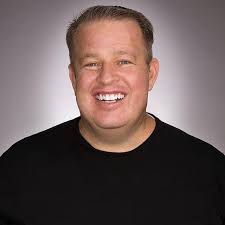
Derral Eves (YouTube expert & author of “The YouTube Formula”): Derral emphasizes that monetization and organic growth are not enemies. In one interview, he mentioned his channel grew faster after turning on monetization, suggesting that YouTube’s algorithm might favor channels that make money (even if it’s never officially acknowledged) (YouTube Marketing Tips From Derral Eves) (YouTube Marketing Tips From Derral Eves). He split-tested this on multiple channels and is convinced that a monetized channel has a slight edge. His tip for advertisers: if your goal is direct leads or sales, you can treat YouTube like a paid funnel – create a compelling video ad and drive traffic to it. But if your goal is to build an audience of subscribers, craft content for organic discovery. You can still use ads to boost it, but make sure the content is something people want to watch, not just an ad (YouTube Marketing Tips From Derral Eves) (YouTube Marketing Tips From Derral Eves). Essentially, be clear on your goal (audience vs. leads) and choose your strategy accordingly.
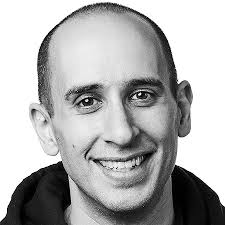
Evan Carmichael (Entrepreneur with 3M+ subscriber channel): Evan advocates a balanced approach where paid promotions supplement a strong organic strategy. He’s observed that marketers today often get a higher ROI on YouTube ads than on Facebook or Instagram, causing ad budgets to shift towards YouTube (YouTube for Business: How to Generate Leads Pt 1With Guest Evan Carmichael). (This is great news for those in real estate investing in YouTube ads, as it suggests money well spent.) However, Evan’s own focus is heavily on organic content – he calls YouTube “the #1 learning platform” and encourages businesses to provide valuable how-to content to draw in viewers organically (YouTube for Business: How to Generate Leads Pt 1With Guest Evan Carmichael). In a discussion on using YouTube for business, Evan noted that his clients see success when combining the two: use organic videos to educate and build credibility, and use retargeting ads to reach those viewers with a specific offer or next step (YouTube for Business: How to Generate Leads Pt 1With Guest Evan Carmichael). This way, the paid ads are leveraging an audience already warmed up by your free content.

Sean Cannell (Think Media founder, YouTube coach): Sean often reminds creators that content is king and that no amount of ads will make up for a lack of value. In the real estate example of Levi in Dallas, Sean points out that their huge revenue came with $0 ad spend initially – highlighting how consistent, quality content can generate massive organic reach in a local market (Sean Cannell: Start a Profitable YouTube Channel in 2024 | Part 2 | E279 – YAP | Young and Profiting | Hosted By Hala Taha) (Sean Cannell: Start a Profitable YouTube Channel in 2024 | Part 2 | E279 – YAP | Young and Profiting | Hosted By Hala Taha). Sean’s advice to realtors is to niche down and dominate local search terms (e.g. “Living in [City]” or “[City] real estate market updates”), which yields evergreen organic traffic. Once you have proof that your videos convert viewers to leads, then you can pour gas on the fire with ads (such as running those videos as discovery ads to reach even more people in your target area). Essentially, nail your messaging and on-camera presence organically before spending big on ads (Can YouTube Ads Hurt My Organic Performance? | tubics).

Peter McKinnon (YouTuber who hit 1M subscribers in 9 months): Peter is not a marketing guru per se, but his meteoric rise on YouTube is often cited as a case study in organic growth. He gained over 1.1 million subscribers in under a year by posting high-quality photography tutorials and vlogs, without any ad campaigns boosting him (How Photographer Peter McKinnon Got 1 Million YouTube Subscribers in 9 Months | PetaPixel). The lesson for content creators (including real estate channels) is that a strong content niche + charismatic delivery can trigger YouTube’s algorithm to promote you widely. Peter’s success was driven by exceptional viewer retention and shareable content (e.g. his “Camera Hacks” video went viral organically). If your real estate channel can similarly crack the code on what viewers love (be it luxury home tours, market insights, or neighborhood guides), you might find the algorithm doing the work for you. Organic reach tends to compound when viewers genuinely love the content – they binge-watch, subscribe, and refer others.
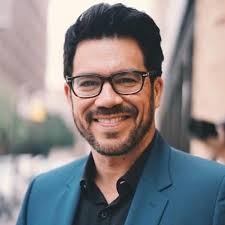
- Tai Lopez (Entrepreneur known for aggressive YouTube ads): On the flip side, Tai Lopez is a famous example of leveraging paid YouTube ads to drive channel growth and business growth. His “Here in my garage…” pre-roll ad (featuring his Lamborghini and book collection) was virtually inescapable on YouTube a few years ago (The Surprising Impact of YT Ads on Organic Growth – Vireo Video). Lopez’s team spent heavily on YouTube ads, targeting broad audiences. The result: he became a household name in the entrepreneur space and his YouTube channel and social following exploded. Love it or hate it, this ad-centric approach proved that massive ad spend can translate into massive organic following – many people who initially discovered Tai through the ad eventually checked out his channel, and his videos garnered millions of organic views as his notoriety grew. It was a “masterclass in leveraging YouTube ads for brand awareness,” leading to significant organic growth over time (The Surprising Impact of YT Ads on Organic Growth – Vireo Video). The caveat is that this requires a substantial budget and a message that hooks people instantly. Tai Lopez also had a monetization strategy (selling courses) to justify the ad spend. For realtors or loan officers, the scale might be smaller, but the principle holds: a memorable ad can accelerate your brand’s growth, which then boosts your organics.
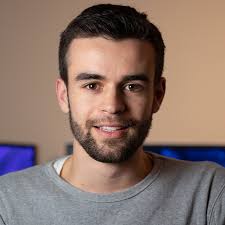
- Marcus Jones (YouTuber & Sprizzy case study): As mentioned, Marcus’s experiment with 5 million paid views is an excellent use case. It was expert-backed in that he shared concrete data: organic views from YouTube’s “browse” and “suggested” categories remained steady or even increased alongside the injection of paid views (Can Buying YouTube Ads Hurt My Channel? The Results Are In… – Sprizzy) (Can Buying YouTube Ads Hurt My Channel? The Results Are In… – Sprizzy). For example, in one of his test videos, as soon as the orange line (ad views) appeared on the graph, the green and purple lines (organic suggested views) kept rising unaffected (Can Buying YouTube Ads Hurt My Channel? The Results Are In… – Sprizzy). This dispels the notion that the algorithm will suppress a video just because it has ad traffic. His case also showed that some portion of ad viewers do convert – he gained subs and engagement, helping the video overall. Marcus’s conclusion was that buying YouTube ads “does not kill your channel’s organic growth” (Can Buying YouTube Ads Hurt My Channel? The Results Are In… – Sprizzy). In practice, he recommends using ads as a supplement to good content, not a replacement.
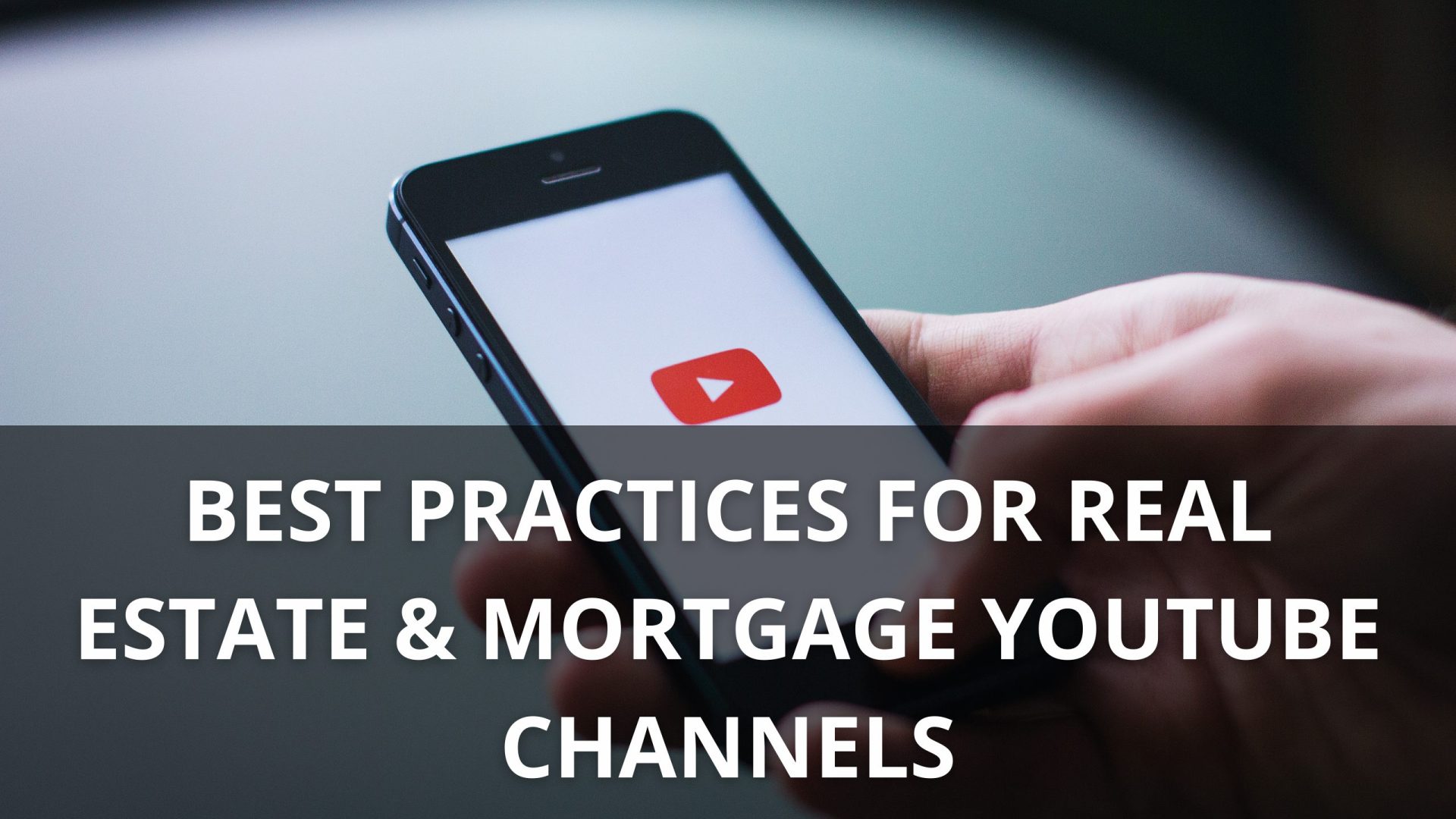
Best Practices for Real Estate & Mortgage YouTube Channels
- Balance Organic Content with Paid Promotion: The consensus is to build a foundation of valuable organic content, then use ads strategically to amplify reach. As Evan Carmichael notes, the organic side is what establishes you as a trusted expert, and the paid side is great for scaling your exposure or retargeting interested viewers (YouTube for Business: How to Generate Leads Pt 1With Guest Evan Carmichael). For a real estate agent, this means regularly posting helpful videos (neighborhood tours, FAQs, market updates) to grow organically, while occasionally running an ad campaign for a special event or lead magnet (e.g. “Free Homebuyer Workshop – sign up now!”). YouTube’s algorithm won’t penalize you for the ads, as long as your content keeps people watching ([Question] Does running ads for your videos do harm for organic growth/algorithm? : r/youtubers) (Can YouTube Ads Hurt My Organic Performance? | tubics). In fact, a mix of both can create a virtuous cycle – ads bring new viewers, your great content turns them into long-term subscribers who then boost your organic stats.
2. Use the Right Ad Types: Not all YouTube ads are equal for channel growth. In-feed (discovery) ads are often best for promoting your channel content, because they appear as recommended videos and attract viewers who consciously click (tending to watch longer) (Can YouTube Ads Hurt My Organic Performance? | tubics). These ads look like normal video results with a small “Ad” label, so they feel less intrusive, leading to better engagement (YouTube Discovery Ads: How To Use Them | Upbeat Agency) (YouTube Discovery Ads: How To Use Them | Upbeat Agency). In contrast, skippable in-stream ads can still work, but make sure the first 5 seconds are extremely attention-grabbing if you want people not to skip. If you use in-stream ads purely as an ad (e.g. a quick promo for your services), consider keeping that video Unlisted/off-channel as recommended by experts (The Truth About YouTube Ads and Your Channel’s Growth | AdOutreach). For instance, a mortgage broker might create a 30-second unlisted ad video inviting viewers to download a rate quote tool, and run it as in-stream to targeted audiences, rather than putting that 30-second video on their main channel. This protects the channel’s average view duration metric.
3. Don’t Split Your Focus into Multiple Channels (Usually): A frequent question is whether to separate content – one channel for “normal” organic videos and another solely for ads or promotions. Most experts advise against creating multiple channels for the same persona/business unless the content is vastly different. Real estate professionals benefit from concentrating their audience in one place. YouTube’s algorithm learns from your viewers; if you have all your organic and paid traffic interacting on one channel, the algorithm can better assess and recommend your content. Derral Eves mentions you can run ads from a different account if you’re “extra cautious,” but he agrees it isn’t necessary (The Truth About YouTube Ads and Your Channel’s Growth | AdOutreach). A better approach is to separate by content type rather than channel: keep your core informational videos public on your channel, and if you have a pure advertisement video, you can host it unlisted or just accept that its retention will be low. Another tactic is to use your channel trailer spot as effectively an ad – some creators make a channel intro video and run that as an ad to gain channel subscribers (since a trailer isn’t meant for watch time anyway) (Can YouTube Ads Hurt My Organic Performance? | tubics).
4. Optimize for Conversions (Subscribers or Leads): If you’re investing in ads, make sure your CTA is crystal clear. For subscriber campaigns, Vireo’s case shows you can directly pay for subs at ~$0.50 each (The Surprising Impact of YT Ads on Organic Growth – Vireo Video), but those people need a reason to stay. So, the ad might say “Subscribe for weekly home tours in [Your City]” – set expectations and deliver on them. If you’re driving leads, send ad traffic to a dedicated landing page or a specific video that sells your service, not just to your channel homepage. Track conversion rates (how many viewers sign up or call you) from your ads so you can judge ROI. Real estate and mortgage leads are high-value, so even a small conversion can pay for the ad spend. For example, if an agent spends $500 on a targeted YouTube ad and lands one home listing commission, the return is excellent. Use YouTube Analytics and Google Analytics to see audience behavior. Are ad-driven viewers subscribing or watching more videos? If not, refine your targeting or the video content.
5. Content is Key to Long-Term Growth: All the advertising in the world won’t sustain your channel if the content doesn’t stand on its own. Focus on delivering consistent value. Top YouTube educators like Brian Dean and Derral Eves stress the importance of audience retention and engagement for triggering organic growth (Can YouTube Ads Hurt My Organic Performance? | tubics) (The Surprising Impact of YT Ads on Organic Growth – Vireo Video). Especially in real estate/mortgage, find ways to make potentially dry topics engaging – use stories, client testimonials, interesting property visuals, etc. The longer you hold a viewer’s attention, the more likely YouTube’s algorithm will favor you. When your organic metrics are strong, any paid boost will be much more effective (because viewers brought in by ads will see that your channel is active and authoritative, encouraging them to subscribe or inquire).
In conclusion, YouTube in-stream ads and promotions can coexist with healthy organic growth – they’re simply tools. Channels in the real estate and mortgage niche can leverage ads to accelerate reach or generate leads without fear of hurting their standing in the algorithm, as long as they mind the content quality and retention. The success formula heard time and again from experts is: great content first, strategic promotion second. Use case studies like Levi’s organic success in Dallas (Sean Cannell: Start a Profitable YouTube Channel in 2024 | Part 2 | E279 – YAP | Young and Profiting | Hosted By Hala Taha) or Tai Lopez’s ad-driven fame (The Surprising Impact of YT Ads on Organic Growth – Vireo Video) as inspiration, but craft a strategy that fits your brand. If you do it right, YouTube can deliver a steady pipeline of viewers, subscribers, and clients – with your organic and paid efforts each amplifying the other.
Sources:
- Reddit – YouTube employee on ads and algorithm ([Question] Does running ads for your videos do harm for organic growth/algorithm? : r/youtubers) ([Question] Does running ads for your videos do harm for organic growth/algorithm? : r/youtubers)
- Tubics – “Do YouTube Ads Hurt Organic Performance?” (Can YouTube Ads Hurt My Organic Performance? | tubics) (Can YouTube Ads Hurt My Organic Performance? | tubics)
- AdOutreach – “The Truth About YouTube Ads and Channel Growth” (The Truth About YouTube Ads and Your Channel’s Growth | AdOutreach) (The Truth About YouTube Ads and Your Channel’s Growth | AdOutreach)
- Sprizzy – Marcus Jones Ads Experiment (5M views) (Can Buying YouTube Ads Hurt My Channel? The Results Are In… – Sprizzy) (Can Buying YouTube Ads Hurt My Channel? The Results Are In… – Sprizzy)
- Interview – Sean Cannell on Dallas real estate channel success (Sean Cannell: Start a Profitable YouTube Channel in 2024 | Part 2 | E279 – YAP | Young and Profiting | Hosted By Hala Taha) (Sean Cannell: Start a Profitable YouTube Channel in 2024 | Part 2 | E279 – YAP | Young and Profiting | Hosted By Hala Taha)
- Interview – Sean Cannell on results (Dallas case continued) (Sean Cannell: Start a Profitable YouTube Channel in 2024 | Part 2 | E279 – YAP | Young and Profiting | Hosted By Hala Taha) (Sean Cannell: Start a Profitable YouTube Channel in 2024 | Part 2 | E279 – YAP | Young and Profiting | Hosted By Hala Taha)
- Derral Eves interview – algorithm favoring monetization (YouTube Marketing Tips From Derral Eves) (YouTube Marketing Tips From Derral Eves)
- Derral Eves on ad strategy vs. organic strategy (YouTube Marketing Tips From Derral Eves) (YouTube Marketing Tips From Derral Eves)
- Evan Carmichael interview – ROI of YT ads vs Facebook (YouTube for Business: How to Generate Leads Pt 1With Guest Evan Carmichael)
- Vireo Video – “Impact of YouTube Ads on Organic Growth” (The Surprising Impact of YT Ads on Organic Growth – Vireo Video) (The Surprising Impact of YT Ads on Organic Growth – Vireo Video)
- Vireo Video – Tai Lopez case (ad -> organic growth) (The Surprising Impact of YT Ads on Organic Growth – Vireo Video)
- PetaPixel – Peter McKinnon 1M subs in 9 months